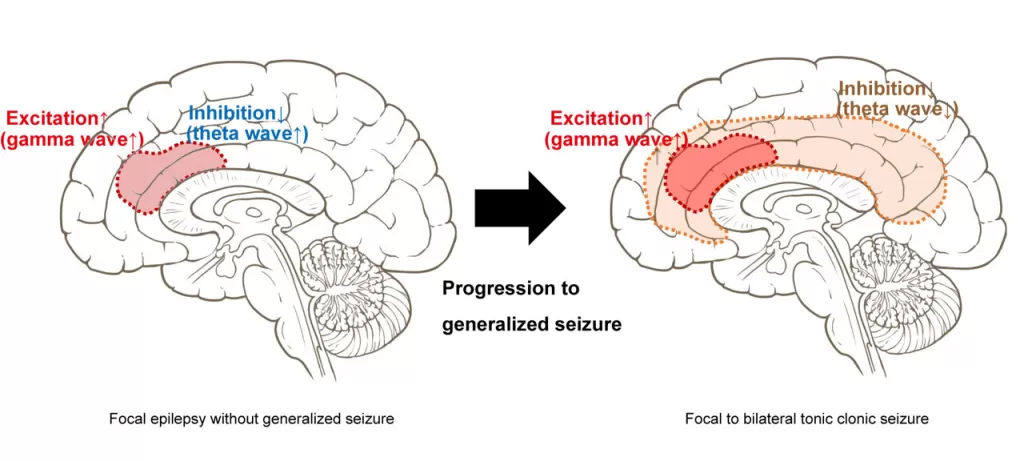Seizures are rapid and uncontrolled bursts of electrical activity in the brain. The brain has nerve cells which are known as neurons. So, they create, send, and receive electrical impulses, allowing the cells to communicate. When the communication pathway is disrupted it leads to a seizure. Seizures vary depending on how they spread in the body to where they begin in the brain. It may last for a few seconds to two minutes but if a seizure lasts for more than five minutes medical assistance may be needed.
Causes of seizures.
Epilepsy is the most common cause of seizures but that does not mean that every person that gets seizures has epilepsy. Other causes of seizures are:
- High fevers.
- Low sodium levels in the blood.
- Infections of the brain e.g. meningitis.
- Lack of enough sleep.
- Effects of some medications.
- Use of illegal drugs such as cocaine.
- Alcohol misuse.
- Head injury.
Symptoms.
- Tingling sensation.
- Hallucinations.
- Increased heart rate.
- Loss of consciousness.
- Becoming temporarily confused.
- Emotional changes.
- Uncontrolled body movement.
Types of Seizures

Again, seizures may be classified based on which part of the brain it starts in, if a person is aware during the seizure or not, and if is there any movement. Thus they are classified into three groups:
- Generalized onset.
- Focal onset.
- Unknown onset.
Generalized onset– Involves all areas of the brain. They are of different types:
- Tonic seizures- causes stiffening of muscles of the body like the legs, arms, and back. Those affected by these kinds may fall to the ground and lose consciousness.
- Atonic- Also known as a drop. This causes loss of muscle control and one may fall down.
- Clonic -There is repeated jerking muscle movement. It affects the face, neck, and both arms.
- Absence seizures – However, these occur in children where they can stare into space or have subtle body movements.
- Toxic- also known as clonic seizures. It is the most dramatic type of epileptic seizure that can lead to sudden loss of consciousness, shaking, and body being stiff.
- Myoclonic- appears as sudden jerks or twitches of the arms and legs with no loss of consciousness.
Focal onset – This results when electrical activity is on one side of the brain. They include:
- Focal one that has impaired awareness- one may seem to be awake but they are staring into space and don’t respond to their environment.
- Focal with no impaired awareness- where one’s emotions may be altered. It may change the way things look, smell, feel, taste, and sound for some people.
Unknown onset – This type has not been diagnosed yet as either focal or generalized in the beginning as it is not clear where the seizure starts in the brain.
Diagnosis of Seizures
- Blood test to check for any infection and the level of blood glucose.
- Neurological examination to evaluate one’s behavior and mental functions.
- Lumbar puncture where the cerebral spinal fluid is removed to rule out brain infection.
- Electroencephalogram test which shows one’s electrical brain activity.
- Magnetic resonance imaging where radio waves are used to create a detailed view of the brain.
- Computerized tomography where a cross-section of the brain is obtained using an X-ray.
Treatment.
- Use of electrical stimulation.
- Surgery.
- Use dietary therapy.
- Use of medication.
- Best Public High Schools in Kiambu County.
- The best private primary schools in Nyeri county.
- List of Accredited Private Universities in Kenya
- Kenya Medical Training College, courses, requirements.
- Public Universities in Kenya
- How is The Lenana Boy school and location?
- Mount Kenya University history, fees, courses